Oil demand set to fall as country speeds up building of renewable power plants
China's oil giants are planning to ramp up green energy production and use more sustainable, low-carbon methods in oil production to reach carbon neutrality, as the future of the country's energy sector is likely to lie in greener alternatives.
With oil demand set to fall due to the country's decarbonization drive, China National Petroleum Corp, the country's largest oil and gas producer by annual output, aims to further optimize its production structure while diversifying its business in the years to come to meet the country's growing demand for clean energy.
The company has been stepping up forays into wind and solar energy, while gearing up in the integrative development of carbon capture, utilization and storage to help reduce emissions from the existing fossil fuel sector. CCUS and green power are expected to play key roles in both developing and developed countries in the years to come.
In addition to building wind and photovoltaic energy facilities in China's Gobi Desert, in response to government ambitions to speed up the construction of renewable power generation facilities in the Gobi and other arid regions to further take advantage of its abundant wind and solar resources, the company has also come up with various distributed solar and wind facilities at its oilfields, scattered across the nation, to make full use of the abundant energy resources and surplus land.
For example, the company's photovoltaic power project in the Tarim oilfield, located in Northwest China's Xinjiang Uygur autonomous region, had generated 105.81 million kilowatt-hours of green electricity by September, equivalent to 22,000 metric tons of standard coal, while reducing 70,500 tons of carbon emissions. Nearly 20 percent of the electricity generated is used for the oilfield's own consumption, it said.
The percentage of renewable energy output of the company, including solar and wind power, is expected to account for 7 percent by 2025 and further rise to one-third by 2035, equal to that of oil and gas by then, it said.
All the efforts are in accordance with China's ambitious shift from its dependence on coal to renewables for power generation — a boon to achieving the country's carbon peak and carbon neutrality goals and tackling global climate change.
According to China's 14th Five-Year Plan (2021-25) for the renewable energy sector, renewable power will account for more than 50 percent of the increase in primary energy consumption from 2021 to 2025. By 2025, renewable energy consumption will amount to the equivalent of saving 1 billion tons of standard coal, it said.
According to global consulting firm McKinsey &Co, as the traditional business model of oil and gas players is under pressure, investing in the sustainable-power value chain can provide them an opportunity to diversify and play a leading role as the industry transitions.
Oil and gas companies are well positioned to play a meaningful role in energy transition, considering their global scale, large balance sheets and cash positions, as well as their long-standing relationships with energy customers and stakeholders, it said.
While fossil fuels such as oil and natural gas will continue to make up a significant share of the energy mix by 2050, the market research firm believes such players can offer distinctive value propositions in energy transition, including offshore energy projects, hydrogen production and transportation, electric vehicle charging as well as decarbonization solutions.

China National Offshore Oil Corp's Guanlan, China's first deep-sea floating wind power platform, starts to provide green power for offshore oil production at Wenchang oilfield in Hainan province in May. (Photo/ CCTV)
China National Offshore Oil Corp, one of the country's three major oil and gas companies, is already working on offshore clean energy development. The company, which is also the country's largest offshore driller, plans to continuously increase the supply of clean energy, with a focus on offshore wind power.
CNOOC Guanlan, China's first deep-sea floating wind power platform, began providing green power for offshore oil production at Wenchang oil field in Hainan province in May. With an installed capacity of 7.25 megawatts, the platform will generate 22 million kilowatt-hours of electricity every year and save nearly 10 million cubic meters of natural gas, reducing carbon dioxide emissions by 22,000 tons per year, it said.
China Petroleum and Chemical Corp, or Sinopec, aims to massively expand its hydrogen refueling network and become China's top hydrogen supplier, as the State-owned energy giant, which owns the biggest domestic fuel transportation network and a sales network of over 30,000 retail stations, attempts to further take advantage of its extensive network.
BloombergNEF said hydrogen fuel cell vehicles are expected to experience a rapid expansion as China puts forward its dual carbon goals of peaking carbon emissions before 2030 and achieving carbon neutrality before 2060.
Ensuring sufficient energy supply in China still remains the primary task for domestic oil giants, and fossil fuels such as oil and natural gas will continue to make up a significant share of the energy mix by 2050. As a result, stepping up upstream exploitation and exploration still remains a key task for domestic oil and gas firms, industry experts said.
United Kingdom oil giant BP said in its Statistical Review of World Energy 2023 that oil is still expected to play a key role in global energy over the next 15 to 20 years, and investment in upstream sectors of oil and gas is still essential in the next few decades.
Recent energy shortages illustrate the importance of traditional fossil fuels like oil and gas and the green transition should happen step by step, said Spencer Dale, chief economist at BP.
The National Development and Reform Commission, the country's top economic regulator, said China's total energy consumption will reach about 5.48 billion tons of standard coal in 2025, of which oil and gas will account for about 30 percent. China's oil demand should peak by that time, at 742 million tons.
Under such circumstances, CCUS provides development opportunities for the oil and gas industry and is expected to become a new business growth point for oil companies, said Luo Zuoxian, head of intelligence and research at the Sinopec Economics and Development Research Institute.
Sinopec put into operation the country's largest CCUS facility in East China last year, which captures carbon dioxide produced from Sinopec's Qilu refinery in Shandong province before injecting it into 73 oil wells in nearby Shengli oilfield.
The company plans to build two more plants of a similar size by 2025.
Sinopec has also vowed to set up a CCUS research and development center by 2025, focusing on developing frontier technologies such as combining CCUS with wind and solar power as well as CCUS with hydrogen energy and biomass.
China has a CO2-enhanced oil recovery potential of approximately 5.1 billion metric tons, which provides early low-cost opportunities for carbon emissions reduction, according to the CNPC Research Institute of Safety and Environmental Technology.
Additionally, geological storage potential is estimated to be around 1.21 to 4.13 trillion tons, serving as an important pathway for achieving deep CO2 emissions reduction, it said.
According to McKinsey, oil and gas players that enter new energy markets typically have a competitive advantage because risk exposures across oil and gas and power can offset each other. When energy consumption remains fairly stable, reduced consumption of fossil fuels translates into increased consumption of greener alternatives, it said.
To stay ahead of the curve in the power value chain, oil and gas players will need to be strategic and intentional in playing to their strengths, it added.









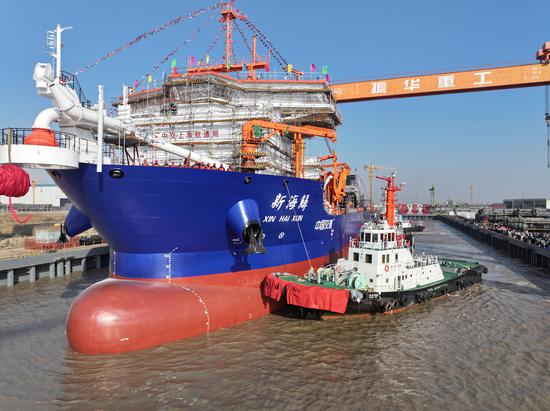
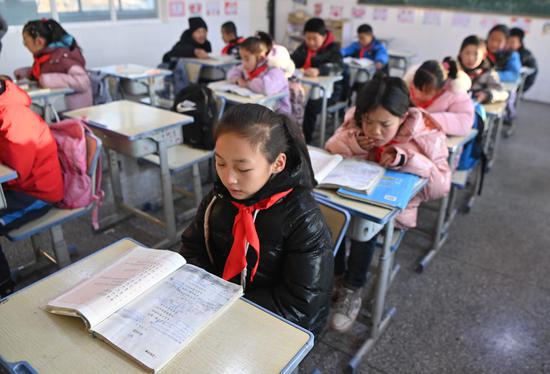




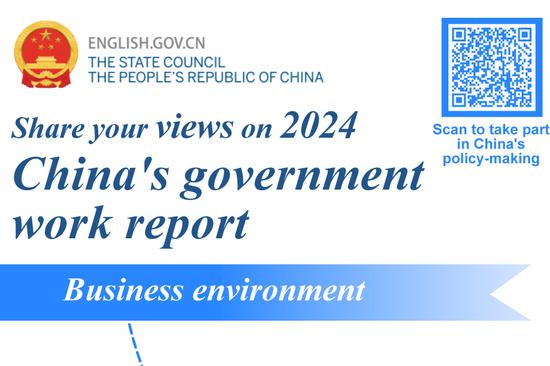

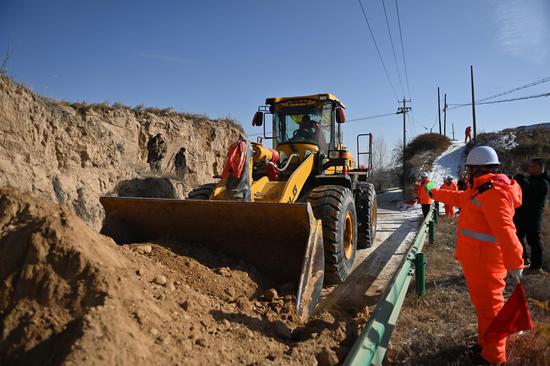









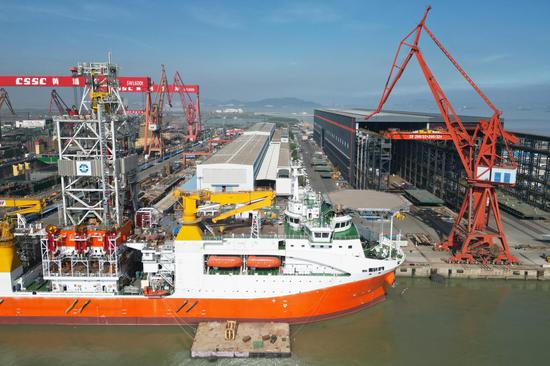

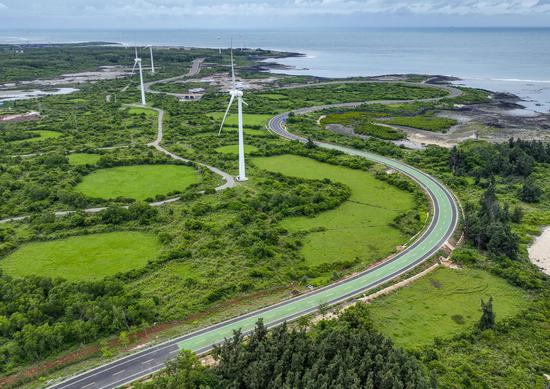
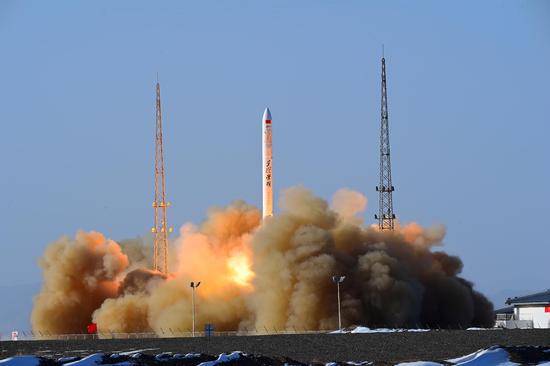



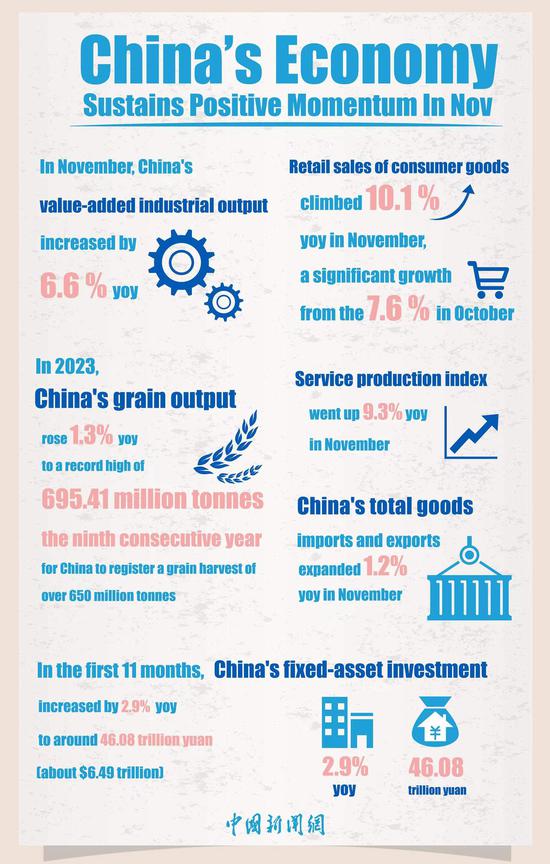















 京公网安备 11010202009201号
京公网安备 11010202009201号